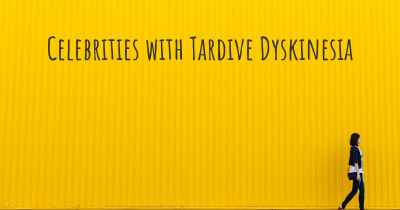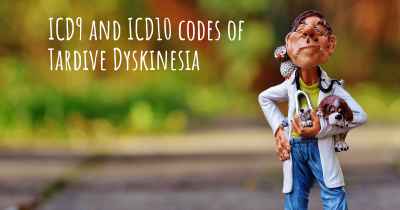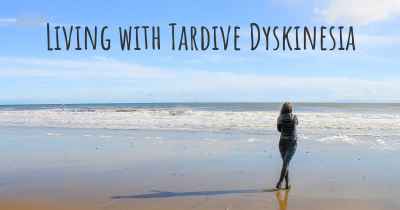What is the prevalence of Tardive Dyskinesia?
How many people does Tardive Dyskinesia affect? Does it have the same prevalence in men and women? And in the different countries?

Tardive Dyskinesia is a neurological disorder characterized by involuntary movements, typically affecting the face and limbs. The prevalence of Tardive Dyskinesia varies depending on the population studied and the duration of antipsychotic medication use. Studies suggest that the prevalence ranges from 20% to 50% in patients treated with long-term antipsychotic medications. It is important to note that the risk of developing Tardive Dyskinesia increases with the duration of antipsychotic treatment. Early recognition and management of this condition are crucial to minimize its impact on patients' quality of life.
Tardive Dyskinesia (TD) is a neurological disorder characterized by involuntary and repetitive movements of the face, limbs, and trunk. It is primarily associated with the long-term use of certain medications, particularly antipsychotic drugs used to treat psychiatric conditions such as schizophrenia and bipolar disorder.
The prevalence of TD varies depending on several factors, including the duration of medication use, the specific medication used, and individual susceptibility. Studies have estimated that the overall prevalence of TD in individuals taking antipsychotic medications ranges from 20% to 50%. However, it is important to note that the prevalence rates may be higher in specific populations, such as older adults and those with longer exposure to antipsychotic drugs.
Early recognition and intervention are crucial in managing TD. Regular monitoring and assessment of individuals taking antipsychotic medications can help identify symptoms and initiate appropriate treatment strategies. It is essential for healthcare professionals to educate patients and their families about the potential risks and benefits of these medications, as well as the signs and symptoms of TD.








